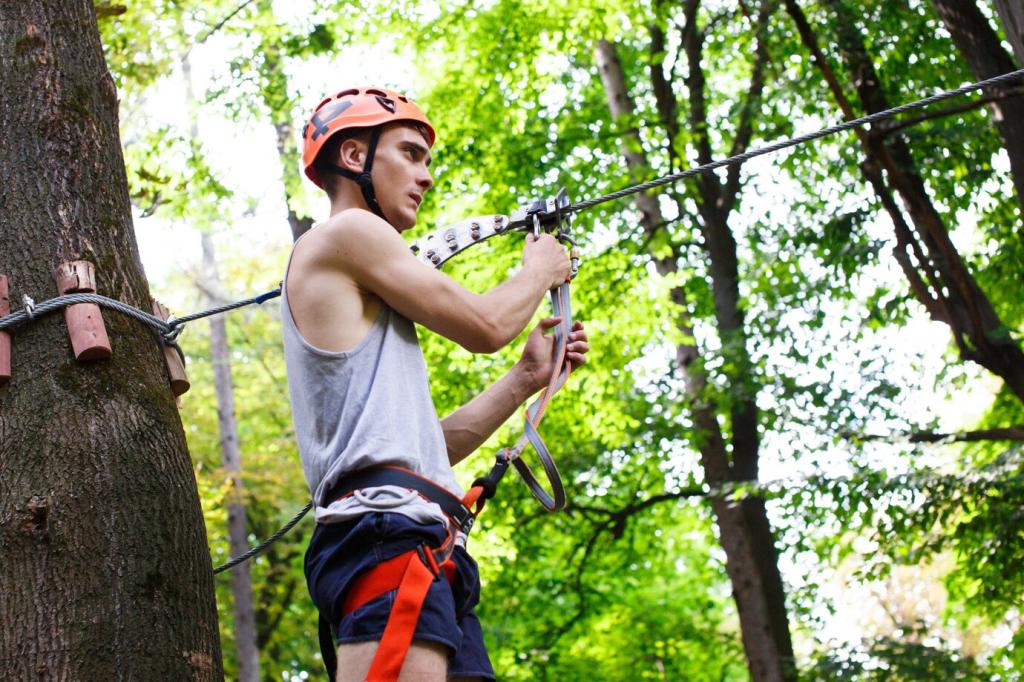Shelter Architecture with Minimal Tools
Choose dead-standing poles, not random brush, and build triangles, not guesses. A tripod-lashed ridge supports more than a teetering spine. Keep spans short, angles braced, and stakes set in compressed soil. When your frame follows physics, your roof handles wind without drama and nights pass without that ominous groan above your head.
Shelter Architecture with Minimal Tools
Debris huts succeed when thickness meets patience. Think hip-deep leaves and grass, then add a breathable inner space. If you can, build a low reflectors wall and leverage thermal mass with rocks warmed safely outside your shelter. A careful chimney gap and spark discipline make warmth sustainable rather than risky.
Shelter Architecture with Minimal Tools
A quinzee needs consolidated snow and time to sinter; carve a dome, vent a fist-sized hole, and smooth the ceiling to prevent drips. In lean conditions, a snow trench with bough roof and tarp cover conserves calories. Mark entrances high and bright, and check ventilation often, because sleep is no match for poor airflow.
Shelter Architecture with Minimal Tools
Lorem ipsum dolor sit amet, consectetur adipiscing elit. Ut elit tellus, luctus nec ullamcorper mattis, pulvinar dapibus leo.





